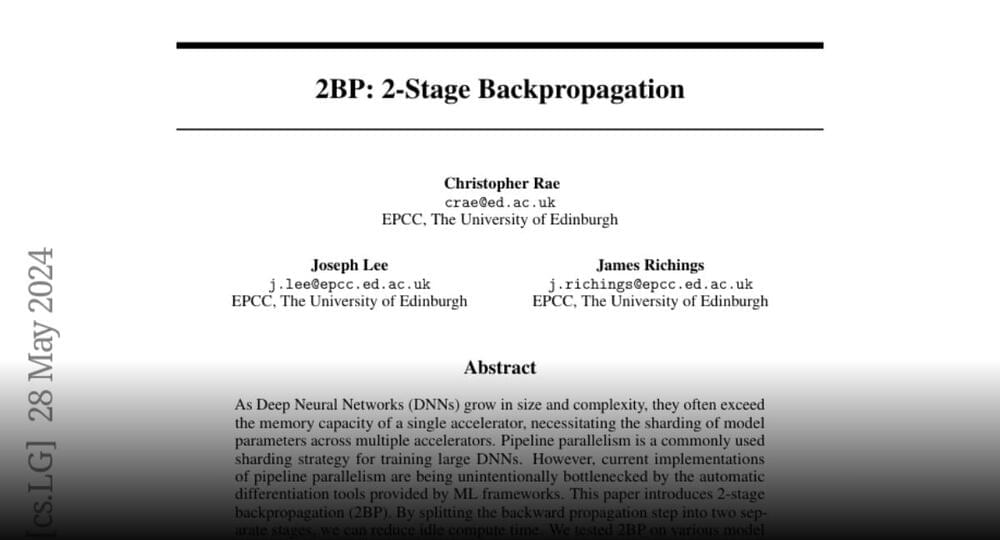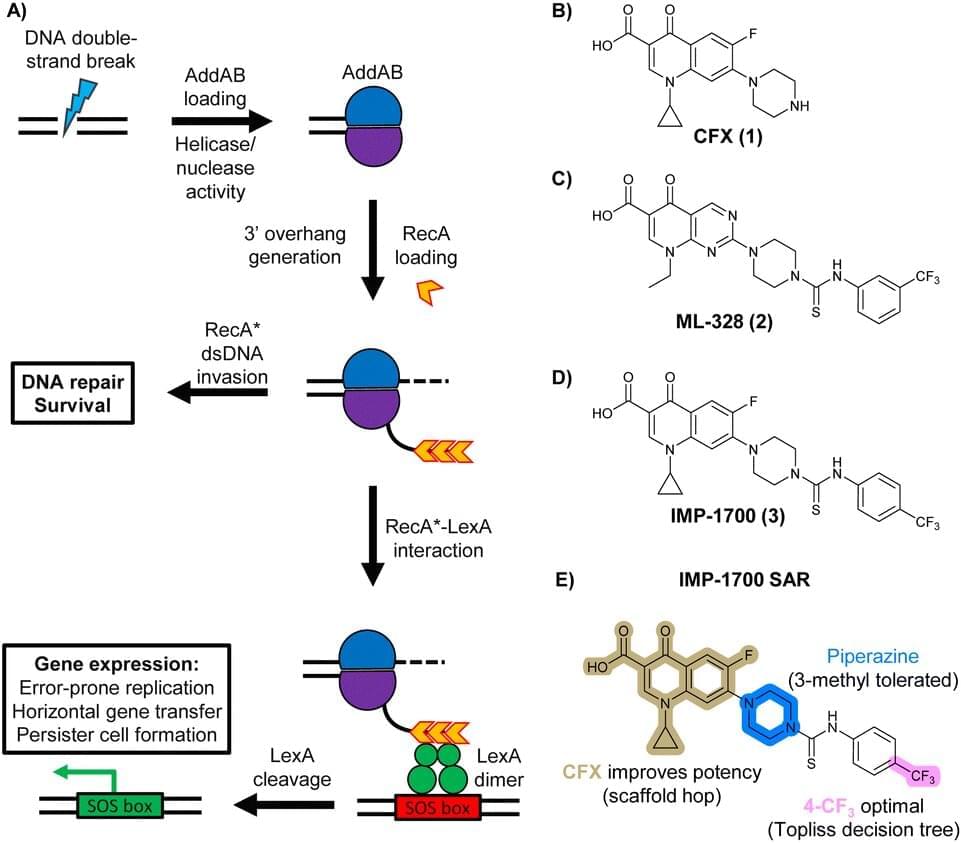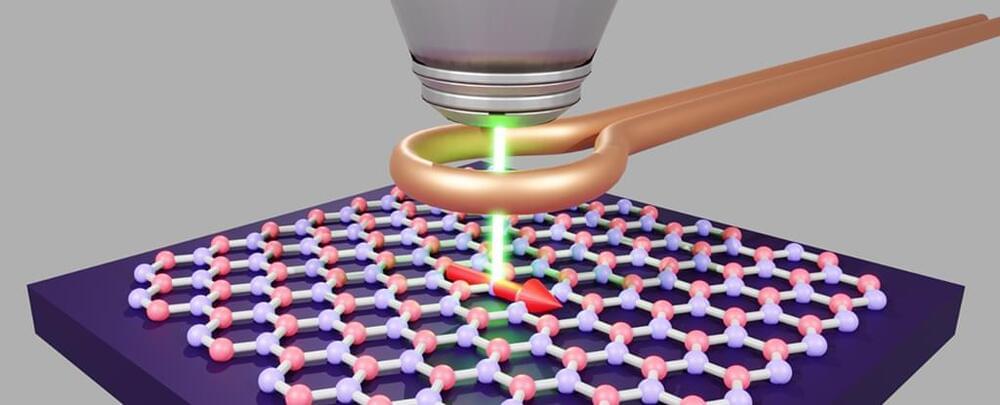#LongevityWe’re born, we grow old, we die. It’s a rhythm long considered inevitable. But is it? Or is aging merely a disease awaiting…
Get the latest international news and world events from around the world.


You can watch astronauts at the International Space Station receive 3 tons of supplies: Here’s how
Space lovers have an opportunity to watch two unique occurrences at the International Space Station this week, but you will have to stay up pretty late — or wake up very early — to see them live.
According to NASA, the cargo spacecraft carrying three tons of food, fuel and supplies to the ISS is for the Expedition 71 crew.
The unpiloted spacecraft – called Progress 88 – is scheduled to launch on a Soyuz rocket from the Baikonur Cosmodrome in Kazakhstan on Thursday at 2:43 p.m. local time.

Researchers uncover strange symptom that could be first sign of Alzheimer’s
New symptoms such as failing to identify more than one object at a time and a “space perception deficit” could be the first signs of Alzheimer’s disease, a new study has found.
Posterior cortical atrophy (PCA), is a diagnosis for those who struggle with judging distances, distinguishing between moving and stationary objects and completing tasks like writing and it overwhelmingly predicts Alzheimer’s.
In the latest study from researchers at the University of California, San Francisco, some 94 per cent patients with PCA had Alzheimer’s pathology. Most patients with PCA have normal cognition early on, but by the time of their first diagnostic visit, an average 3.8 years after symptom onset, mild or moderate dementia was apparent with deficits identified in memory, executive function, behavior, and speech and language , according to the researchers’ findings.

Research team demonstrates modular, scalable hardware architecture for a quantum computer
The team spent years perfecting an intricate process for manufacturing two-dimensional arrays of atom-sized qubit microchiplets and transferring thousands of them onto a carefully prepared complementary metal-oxide semiconductor (CMOS) chip. This transfer can be performed in a single step.
“We will need a large number of qubits, and great control over them, to really leverage the power of a quantum system and make it useful. We are proposing a brand new architecture and a fabrication technology that can support the scalability requirements of a hardware system for a quantum computer,” says Linsen Li, an electrical engineering and computer science (EECS) graduate student and lead author of a paper on this architecture.

New molecule found to suppress bacterial antibiotic resistance evolution
Researchers from the University of Oxford have developed a new small molecule that can suppress the evolution of antibiotic resistance in bacteria and make resistant bacteria more susceptible to antibiotics. The paper, “Development of an inhibitor of the mutagenic SOS response that suppresses the evolution of quinolone antibiotic resistance,” has been published in the journal Chemical Science.

About 90% of US adults are on the way to Heart Disease, study suggests
Nine of 10 American adults are in the early, middle or late stages of a syndrome that leads to heart disease, a new report finds, and almost 10% have the disease already.
“Poor cardiovascular, kidney, and metabolic health is widespread among the U.S. population,” concludes a team led by Dr. Muthiah Vaduganathan of Brigham and Women’s Hospital and Harvard Medical School in Boston.
Researchers looked specifically at rates of what the American Heart Association has dubbed cardiovascular, kidney and metabolic (CKM) syndrome—interrelated factors that progress with time and, if left unchecked lead to heart disease.

Iron Fingerprints in Nearby Active Galaxy
After starting science operations in February, Japan-led XRISM (X-ray Imaging and Spectroscopy Mission) studied the monster black hole at the center of galaxy NGC4151.
“XRISM’s Resolve instrument captured a detailed spectrum of the area around the black hole,” said Brian Williams, NASA’s project scientist for the mission at the agency’s Goddard Space Flight Center in Greenbelt, Maryland. “The peaks and dips are like chemical fingerprints that can tell us what elements are present and reveal clues about the fate of matter as it nears the black hole.”
XRISM (pronounced “crism”) is led by JAXA (Japan Aerospace Exploration Agency) in collaboration with NASA, along with contributions from ESA (European Space Agency). It launched Sept. 6, 2023. NASA and JAXA developed Resolve, the mission’s microcalorimeter spectrometer.

Physicists Demonstrate Room Temp Quantum Storage in 2D Material
Microscopic chinks in material just several atoms thick have the potential to advance a multitude of quantum technologies, new research shows – getting us closer to the widespread use of quantum networks and sensors.
Right now, storing quantum data in the spin properties of electrons, known as spin coherence, requires a very particular and delicate laboratory setup. It’s not something you can do without a carefully controlled environment.
Here, an international team of researchers managed to demonstrate observable spin coherence at room temperature, using the tiny defects in a layered 2D material called Hexagonal Boron Nitride (hBN).
Running A Sub-4 Minute Mile: What’s The Average Life Expectancy Increase?
Join us on Patreon! https://www.patreon.com/MichaelLustgartenPhDDiscount Links: NAD+ Quantification: https://www.jinfiniti.com/intracellular-nad-test/Use Cod…